Some small chips.
Jan Anteunis (Ghent 1896-1973), sculptor - draughtsman - painter.
Jan Anteunis studied drawing at the Ghent Academy. During the First World War he went into exile in Liverpool. At the University of Liverpool he did his first apprenticeship with the artist Richard Allen. After the Liberation, he enrolled at the Ghent Academy.
He studied under the sculptors Felix Mettepenninghen and Geo Verbanck. At the Academy he won several prizes for drawing and sculpture. After his academic period (1920), his style becomes more personal.
Participates in the Triennial Salon in Antwerp (1930) with Mother and Child. Sculpted pregnant women, children, dancing figures and "Mother and Child" compositions. His style evolves towards a refined beauty. He also created realistic and sober portraits and medallions of famous figures such as Vina Bovy, Toussaint De Sutter, Karel Van de Woestijne, Miss A. Krans, Young girl with keyboard. Sculpted several statues of religious inspiration, which are distinguished by their vertical momentum: statues of saints, Christ's head, Saint Francis of Assisi. Monuments and memorial plaques for several cemeteries in Ghent.
For the deanery of Ghent, he sculpted the heads of the giants representing Albert and Isabella (1947). Designed the Klokke Roeland (Ghent) bell project to finance the casting of the new bell (1948).
Carved a new Mannelokker from a 12-ton block of anteor stone (1962). Member of the Saint Roch Crossbowmen's Guild (1953) and Bailiff (1956). For the dean of this guild he made De zilveren breuk (1958); the decorations of dignitaries and kings (1961); several plaques and trophies (1958-61-69); a plaster Saint-Georges (1959); the double-sided piece Saint-Georges/Saint-Roch and a coat of arms (1960). As sculpture had become physically difficult for him, he went to Spain to paint.


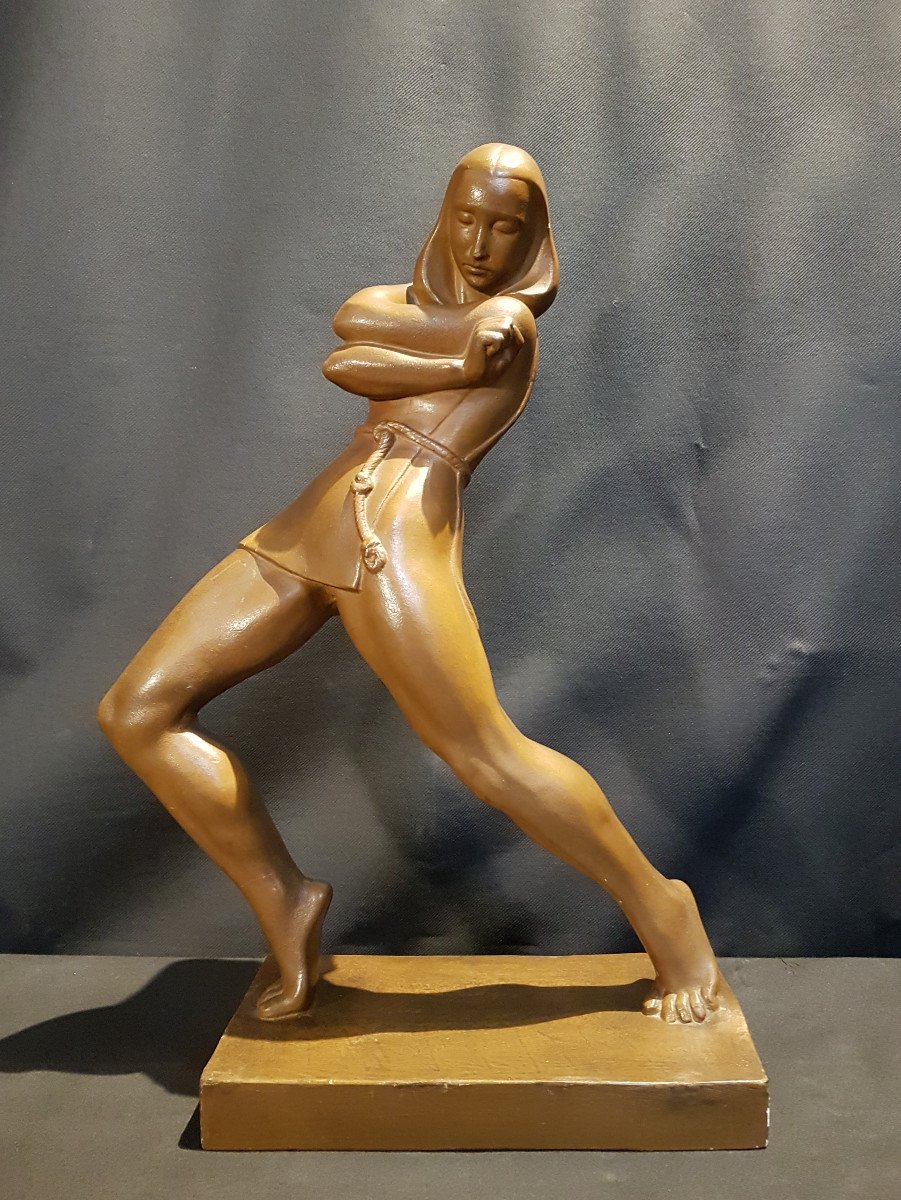
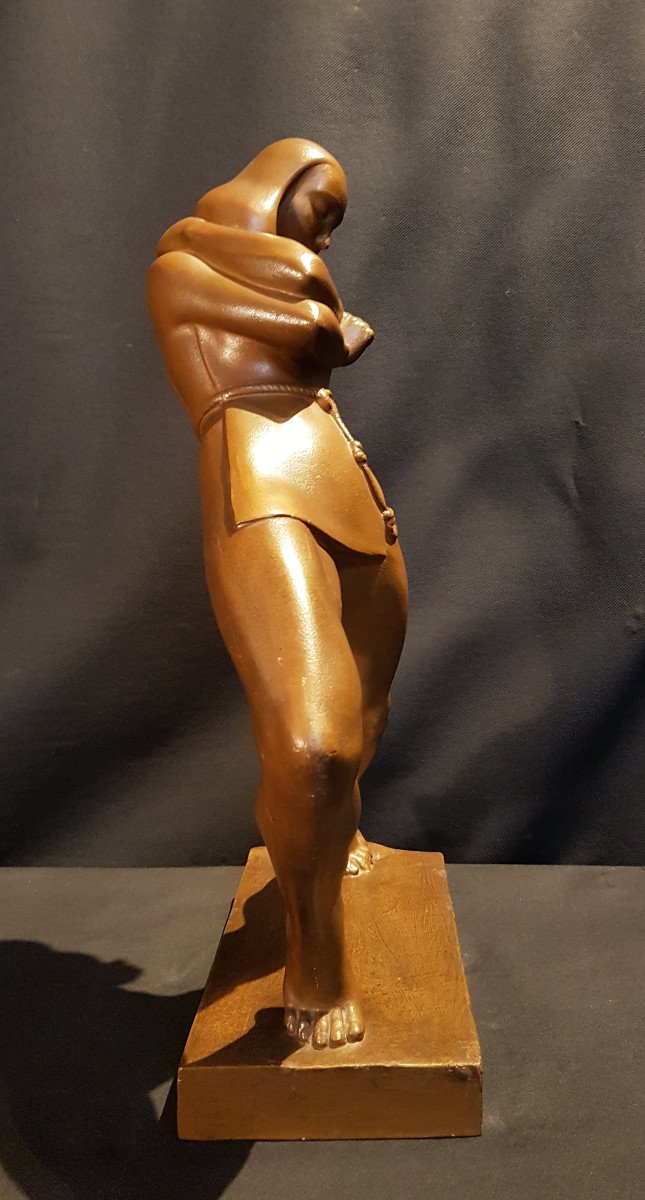
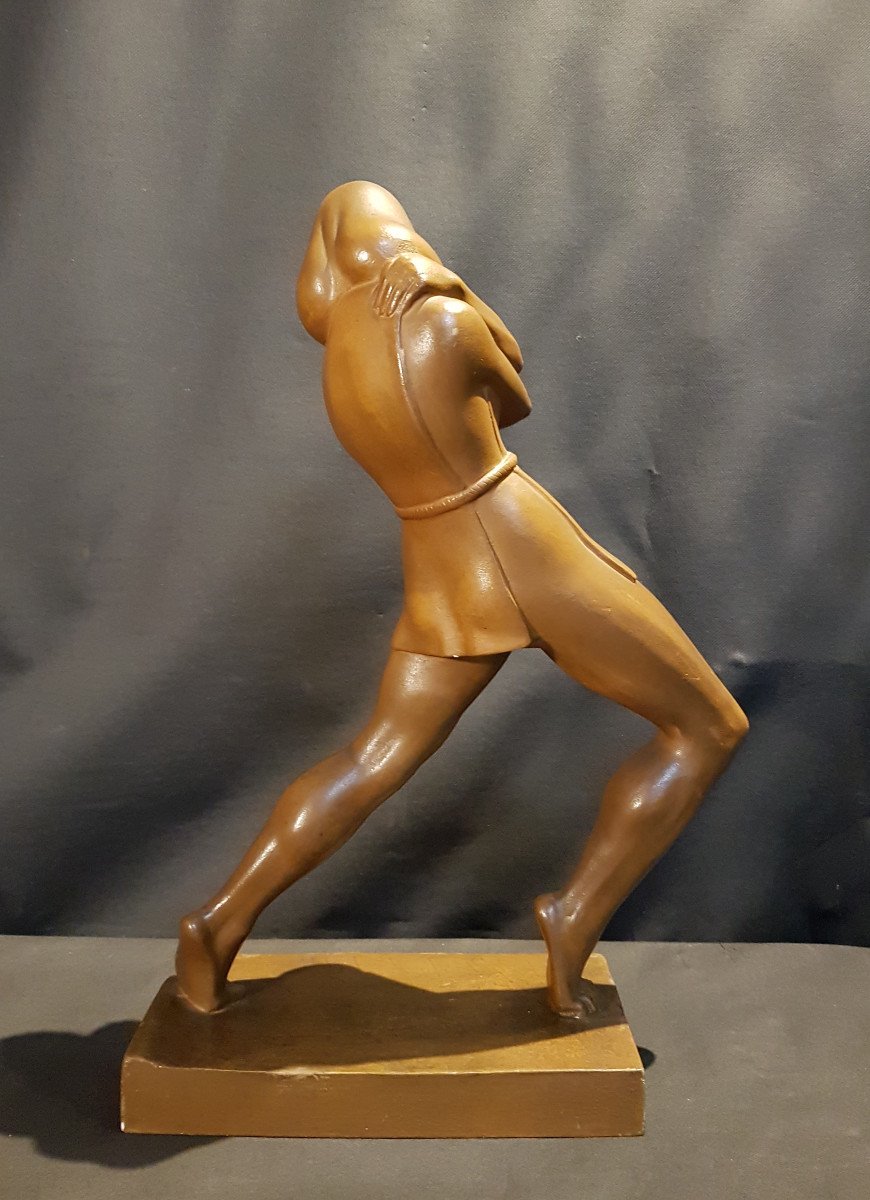
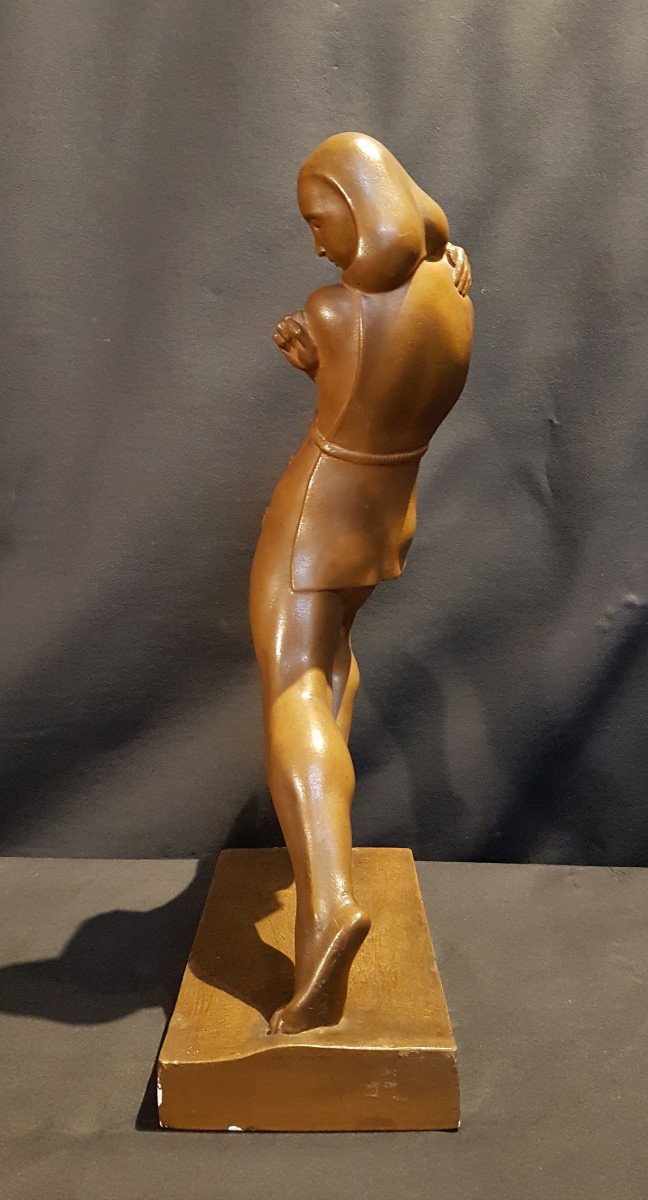
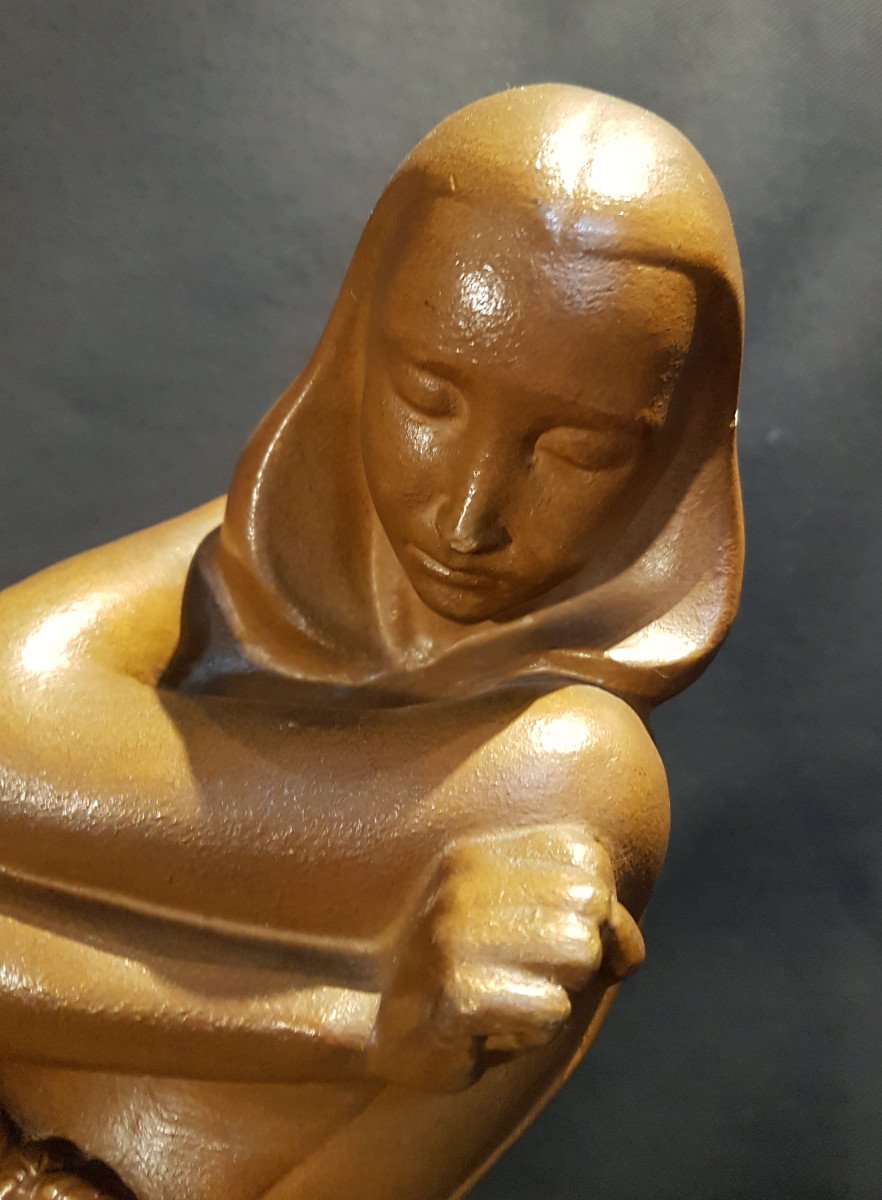
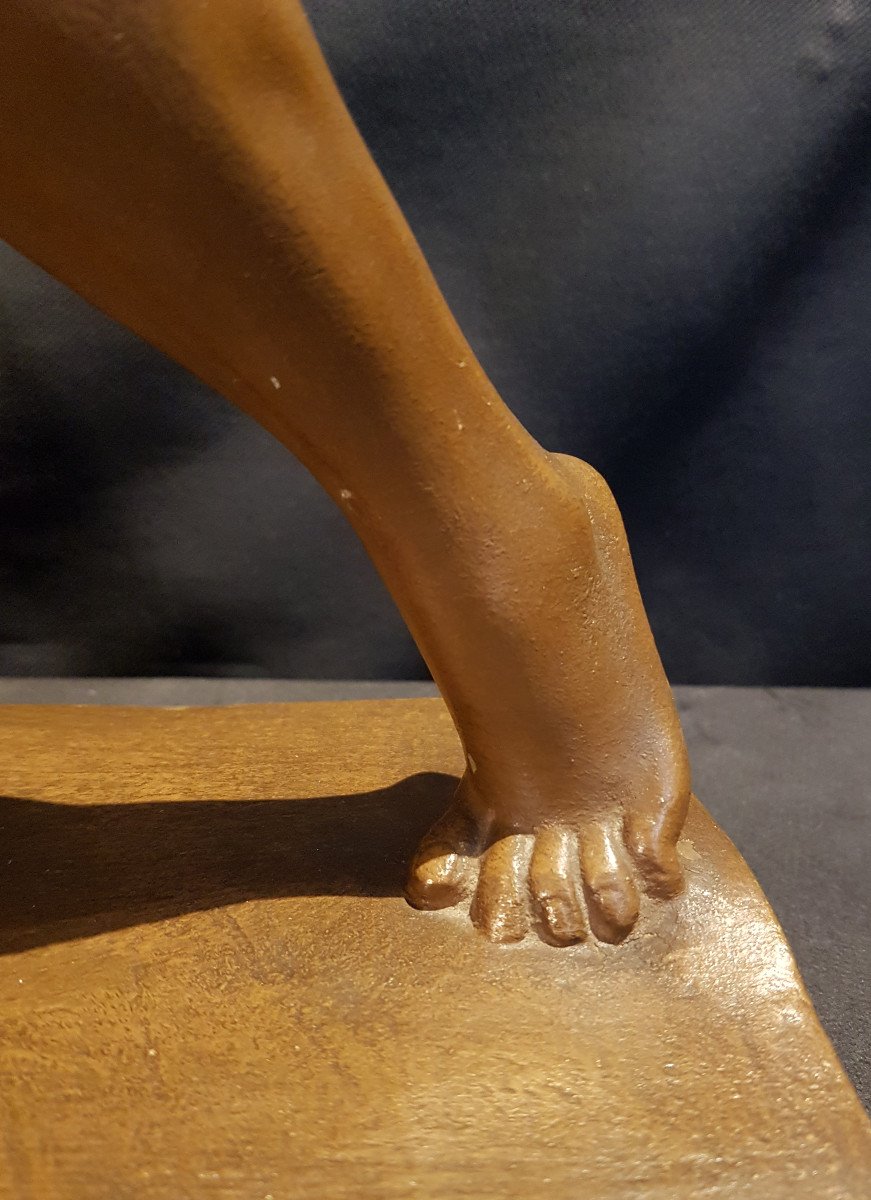
















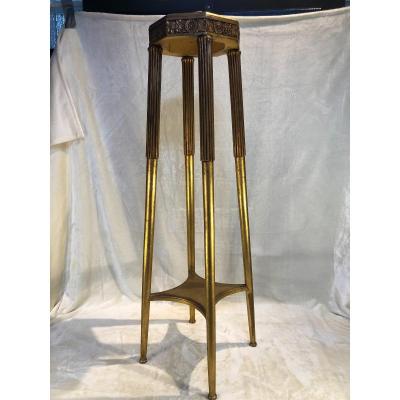
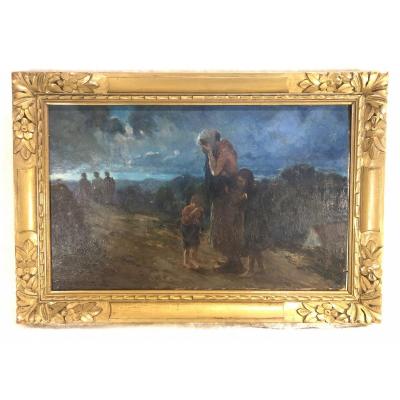

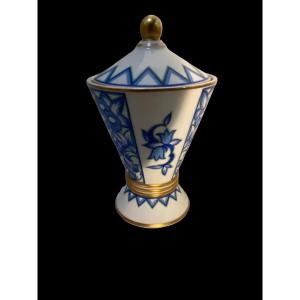

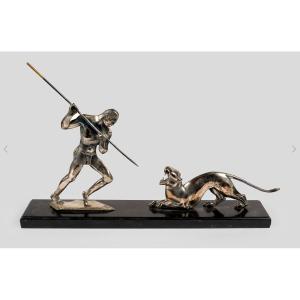
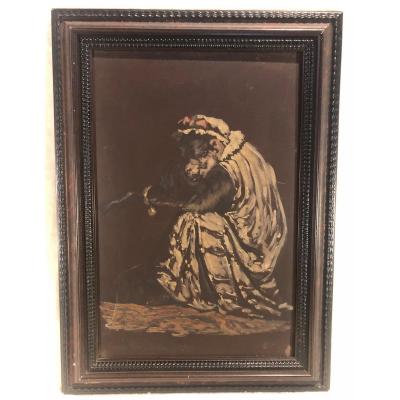
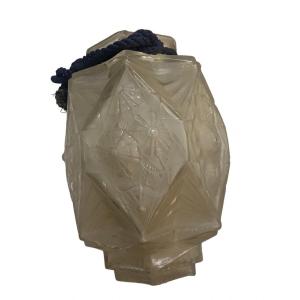
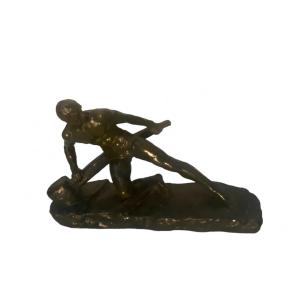

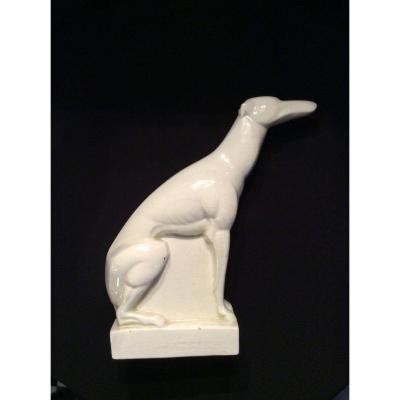



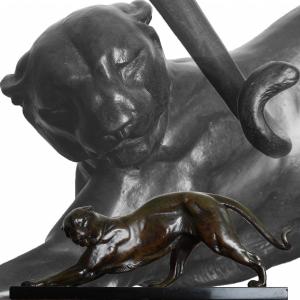



 Le Magazine de PROANTIC
Le Magazine de PROANTIC TRÉSORS Magazine
TRÉSORS Magazine Rivista Artiquariato
Rivista Artiquariato